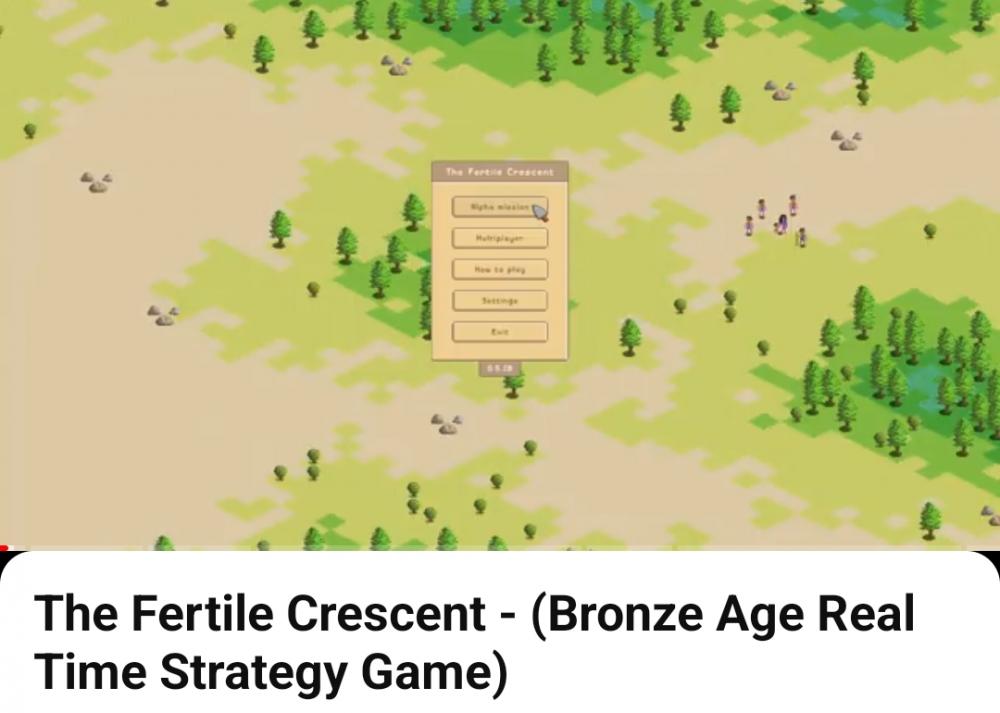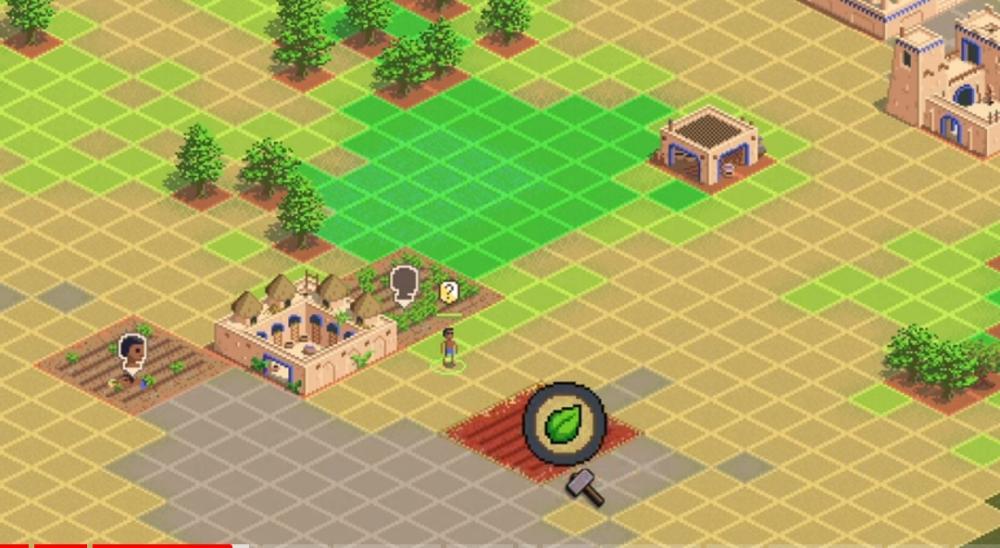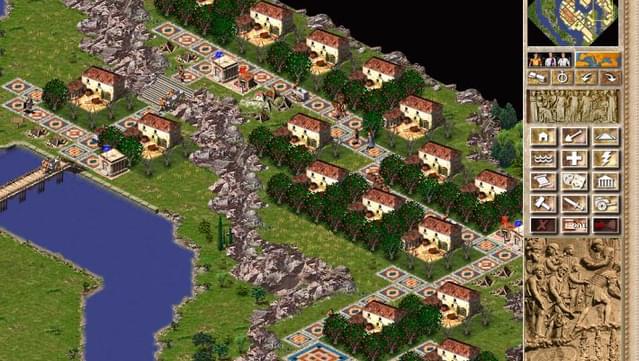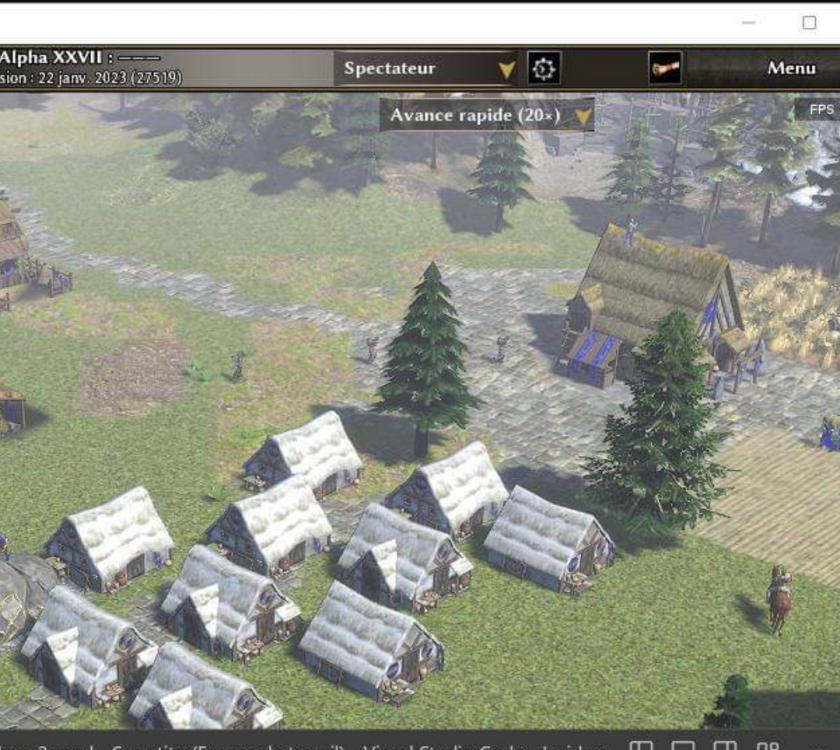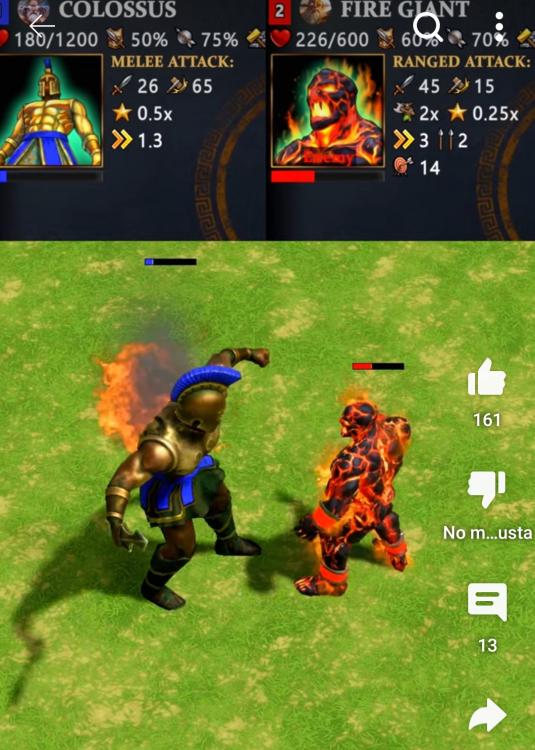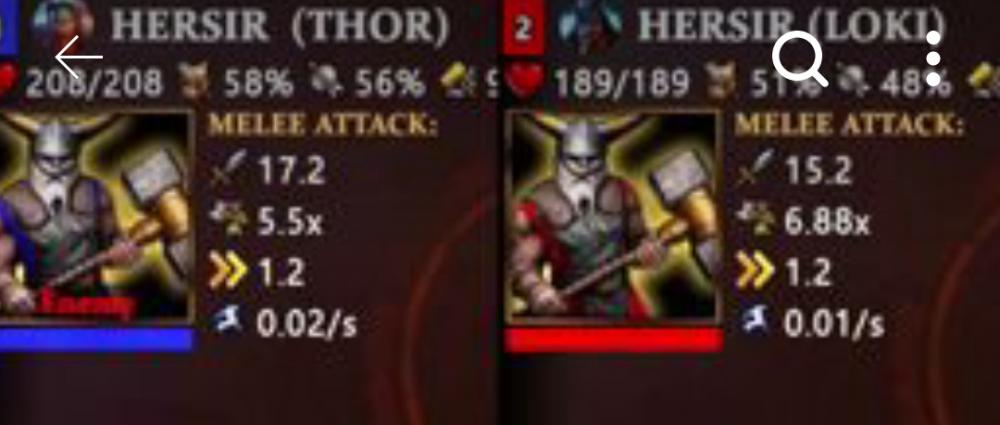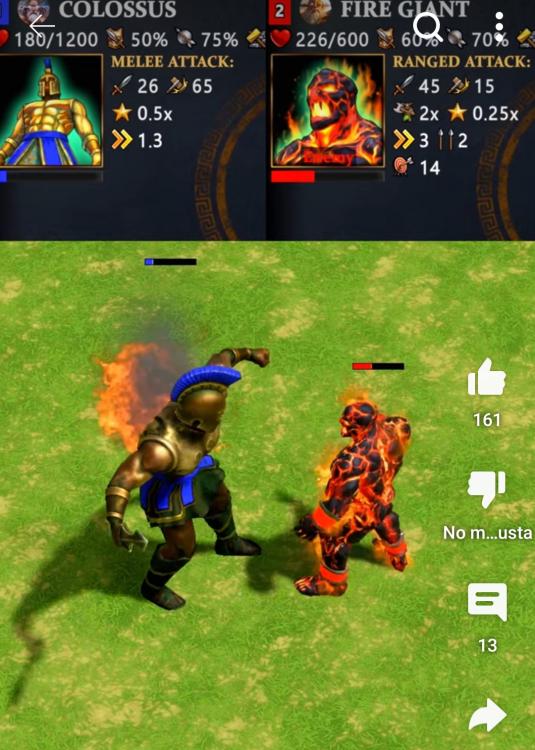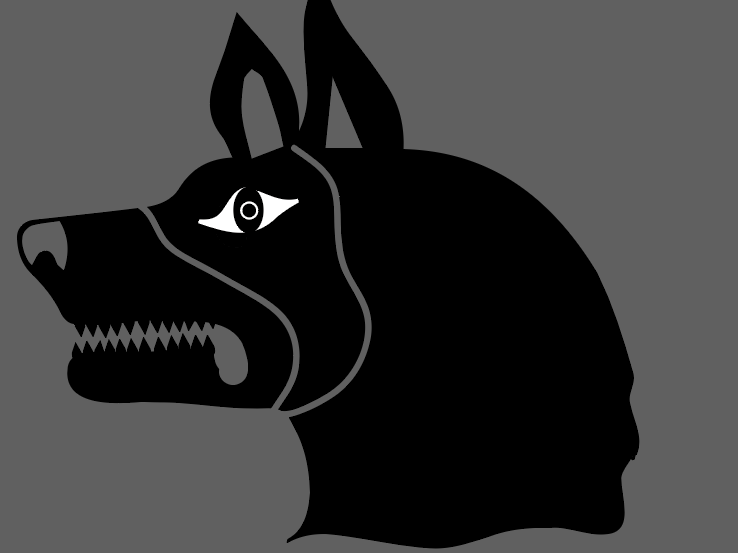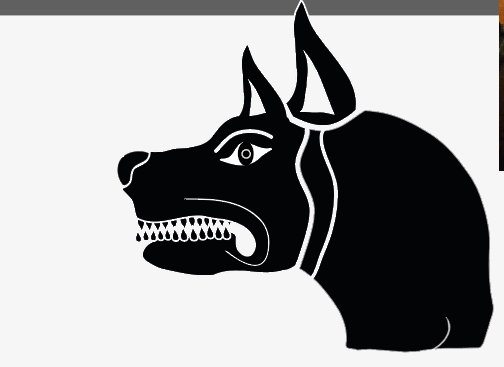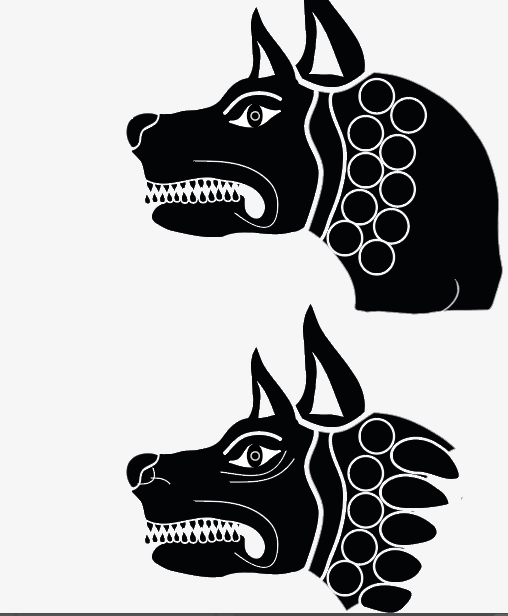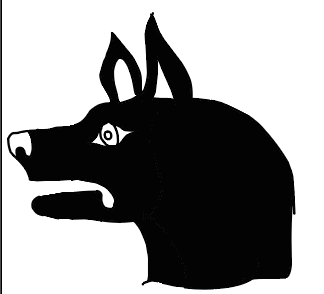-
Posts
25.684 -
Joined
-
Days Won
300
Everything posted by Lion.Kanzen
-
.thumb.png.ce58cea22940c255f5b0a735d5abee36.png)
Others RTS - Discuss / Analysis
Lion.Kanzen replied to Lion.Kanzen's topic in Introductions & Off-Topic Discussion
-
.thumb.png.ce58cea22940c255f5b0a735d5abee36.png)
Age of Mythology: Retold
Lion.Kanzen replied to borg-'s topic in Introductions & Off-Topic Discussion
The shine of the metal and the sounds are impressive. -
.thumb.png.ce58cea22940c255f5b0a735d5abee36.png)
Pharaoh Total War
Lion.Kanzen replied to Lion.Kanzen's topic in Introductions & Off-Topic Discussion
-
This game caught my attention. At first it seemed limited, but the expansions have made it stand out.
-
.thumb.png.ce58cea22940c255f5b0a735d5abee36.png)
Others RTS - Discuss / Analysis
Lion.Kanzen replied to Lion.Kanzen's topic in Introductions & Off-Topic Discussion
I had already mentioned it, but today I tried it, what a great. It's like Stronghold tends to be half city builder. I thought it was simpleton. Aside from the farm system, many neutral buildings can be captured: Temples Orchards Minor settlements -
I made a building for that matter. It is a kind of cistern. I already forgot the name hahaha. I proposed this mechanics many times and they thought I was crazy. I suggested it to Wow and he either didn't understand or wasn't interested. Cisterns don't need rivers, it's supposed to be like a well. You collect water inside the soil... underground. It's like building a well and immediately you have enough to survive. People in deserts and mountains create wells for irrigation. In 0AD you would already have the bonus by having that building.
-
.thumb.png.ce58cea22940c255f5b0a735d5abee36.png)
Why is the 0 A.D community so small?
Lion.Kanzen replied to Doctor Moist's topic in General Discussion
We could try to put 0 AD in some not very well known indie store. Like https://itch.io/ itch.io is a simple way to find and share indie games online for free. There are a lot of niche games out there and a lot of fan games. About itch.io itch.io is an open marketplace for independent digital creators with a focus on independent video games. It’s a platform that enables anyone to sell the content they've created. As a seller you’re in charge of how it’s done: you set the price, you run sales, and you design your pages. It’s never necessary to get votes, likes, or follows to get your content approved, and you can make changes to how you distribute your work as frequently as you like. itch.io is also a collection of some of the most unique, interesting, and independent creations you'll find on the web. We're not your typical digital storefront, with a wide range of both paid and free content, we encourage you to look around and see what you find. -
-
My first ideas are: Soil ( rich soil or fertile soil) should be generated on random maps as a resource. There is already an RTS(game) that has this mechanic: Fertile Crescent. But I never played this game. Feature Establish your village near fertile lands and balance your food surplus against the size of your civilian and military might as you build and expand. Food plays a crucial role beyond just feeding your troops; it determines the growth rate of your population and the speed at which you accumulate Knowledge Points. Keeping your village well-fed ensures prosperous expansion, while compromised farms can cripple even the strongest economies. Considering technological limitations and advancements of the era, you'll need to carefully manage your hard-earned Knowledge Points. Explore Village Improvements to quickly counter your opponent's strategy or to fortify your position for the long game. In the images you can see that the terrain influences the farms. The image shows the value of the land for farms.
-
It would be very interesting to have a fertility mechanic. It would be nice to have terrain bonuses for crops. And perhaps some negative bonus to certain soils. It's just a very rarely discussed idea. It is a very widespread mechanic in city builders.
-
.thumb.png.ce58cea22940c255f5b0a735d5abee36.png)
Why is the 0 A.D community so small?
Lion.Kanzen replied to Doctor Moist's topic in General Discussion
I'm going to look up the topic about that. It's not easy, but we need attention from the right people. -
I'm going to open a topic about this.
-
.thumb.png.ce58cea22940c255f5b0a735d5abee36.png)
Why is the 0 A.D community so small?
Lion.Kanzen replied to Doctor Moist's topic in General Discussion
Also in stores like Steam or GoG. But we are not prepared to receive so many people. -
.thumb.png.ce58cea22940c255f5b0a735d5abee36.png)
Map Special textures and props (meshes)
Lion.Kanzen replied to Lion.Kanzen's topic in Official tasks
-
.thumb.png.ce58cea22940c255f5b0a735d5abee36.png)
Map Special textures and props (meshes)
Lion.Kanzen replied to Lion.Kanzen's topic in Official tasks
Basically we are going to study what Celtic buildings would look like in the desert and Egyptian buildings in the snow. -
Immersion problem. It's not realistic, I have this problem a bit too.
-
.thumb.png.ce58cea22940c255f5b0a735d5abee36.png)
AoE I Classic(RoR and Gold Edition) stuff
Lion.Kanzen replied to Lion.Kanzen's topic in Introductions & Off-Topic Discussion
This appeared to me, I haven't tried doing this. We should have things like this in our future campaigns. -
buildings to adapt to their map #7069 https://gitea.wildfiregames.com/0ad/0ad/pulls/7069 I want to discuss how we are going to adapt the to different maps, climates and environmental conditions. We will have snow, some walls, ceilings and props will look different. The same applies to the desert or a climate of intense humidity in the jungle.
-
.thumb.png.ce58cea22940c255f5b0a735d5abee36.png)
==[Task]== Tiny icons set (simple)
Lion.Kanzen replied to Lion.Kanzen's topic in Eyecandy, custom projects and misc.
- 79 replies
-
- lion.kanzen
- gui
-
(and 3 more)
Tagged with:
-
.thumb.png.ce58cea22940c255f5b0a735d5abee36.png)
Age of Mythology: Retold
Lion.Kanzen replied to borg-'s topic in Introductions & Off-Topic Discussion
-
.thumb.png.ce58cea22940c255f5b0a735d5abee36.png)
Age of Mythology: Retold
Lion.Kanzen replied to borg-'s topic in Introductions & Off-Topic Discussion
I really like the concept of the AoM R GUI. I'll try to see if I can copy this style of icons. I can start with sketches and then go to vectors with gradients to finish them with Photoshop. -
.thumb.png.ce58cea22940c255f5b0a735d5abee36.png)
Age of Mythology: Retold
Lion.Kanzen replied to borg-'s topic in Introductions & Off-Topic Discussion
Apart from the beautiful armor and its shine. I like the combat sounds, and they are not that hard to make if you have good base sounds. And I like the stats icons -




